How to Wear a Battle Belt: The Complete Setup Guide
Learning how to wear a battle belt properly can significantly enhance your preparedness, mobility, and gear access in real-world or training scenarios. Whether you’re a civilian building a self-defense setup, a competitive shooter, or a member of law enforcement or the military, the battle belt is a core piece of tactical gear that keeps your most critical items close at hand.
Unlike bulky chest rigs or traditional belts, battle belts offer modularity and comfort with enough space for a firearm, ammunition, medical kits, and mission-specific tools. This guide breaks down what a battle belt is, how to set up a battle belt, and how to wear a battle belt for optimal function and balance, whether you’re out on patrol or at the range.
What Is a Battle Belt?
So, what is a battle belt? A battle belt, also referred to as a war belt, duty belt, or gun belt, is a purpose-built waist belt system designed to carry essential fighting or survival gear. Unlike traditional belts meant to hold up pants, a battle belt features a padded and often rigid outer structure with MOLLE webbing or laser-cut slots for mounting pouches, holsters, and tools. The design provides durability, quick access, and comfort, making it a staple in military, law enforcement, and civilian tactical setups.
A battle belt setup typically includes items like a pistol and holster, spare magazines, an IFAK (individual first aid kit), flashlight, multitool, and sometimes communication gear or admin pouches. The system is often anchored with an inner belt looped through your pants and secured with hook-and-loop or a quick-release buckle, keeping it stable during movement.
Battle belts can be used as standalone gear or integrated into a full kit alongside chest rigs or plate carriers. Their modularity makes them highly adaptable for training, home defense, range use, or real-world operations.
Whether you're carrying light or going fully kitted out, a battle belt allows you to customize your loadout for mission-specific performance without sacrificing comfort or speed.
Learn more: Chest Rig vs. Battle Belt – Which Loadout Fits Your Mission?
Benefits of Using a Battle Belt
The advantages of using a battle belt become clear when you understand how to build a battle belt tailored to your needs. At its core, a battle belt helps streamline your gear setup by relocating essential items like your pistol, magazines, flashlight, and medical gear from your chest or pack to your waist. This not only reduces gear clutter but also improves accessibility, allowing you to react faster under pressure.
One of the biggest strengths of a battle belt is mobility. Wondering how to use a battle belt? By shifting gear weight to your hips, you gain better freedom of movement, especially when crouching, going prone, or navigating tight spaces. This setup pairs well with body armor or chest rigs, as it keeps your torso clear and prevents overcrowding of gear across your upper body.
Battle belts are also ergonomically superior to chest-mounted gear for specific roles. They reduce shoulder fatigue during prolonged wear and limit the bounce or shifting that can occur during dynamic movement.
Lastly, battle belts offer exceptional scalability. You can build a minimal setup for concealed carry or range use, or expand to a full tactical loadout for duty or field operations. Their versatility makes them a go-to solution for professionals, sports shooters, and prepared civilians alike.
What Should I Carry on a Battle Belt?
Understanding how to set up a battle belt starts with a single principle: carry only the gear you genuinely need and place it where you can access it instinctively, without looking. A well-configured tactical battle belt should enhance your performance, not slow you down. Overloading it with unnecessary items adds weight, reduces mobility, and can create confusion when seconds count.
At a minimum, a battle belt setup should include:
-
A firearm and holster
-
Spare magazines (pistol or rifle)
-
A medical pouch with essential first aid gear
-
A tactical flashlight
-
A utility tool or fixed-blade knife
-
A dump pouch or compact admin pouch
Each item serves a specific purpose, from combat readiness to emergency response.
Placement should be based on your dominant hand, movement style, and typical environment. For example, your holster should be positioned on your strong side, while mag pouches and a flashlight are typically placed on the support side.
A dump pouch and IFAK often sit toward the rear or support-side hip for accessibility and balance.
The right battle belt is not a one-size-fits-all setup. It should be adapted to your mission, whether that’s home defense, range days, duty carry, or field operations. If you’re running body armor from Premier Body Armor, make sure your battle belt complements your plate carrier or vest for balanced, streamlined protection.
Carrying Your Weapon on a Battle Belt
If you're running a pistol, one of the most essential elements of your setup is knowing how to attach a holster to a battle belt securely. Your holster needs to be mounted firmly enough to handle rapid draws, running, crawling, and other dynamic movements without shifting or loosening.
Most modern holsters are designed with battle belts in mind and can be attached using mounting systems or direct MOLLE-compatible platforms. Each option has its pros and cons, but all can provide a stable and reliable connection if properly installed.
When positioning your holster on a battle belt, it should be placed on your strong-side hip in a spot that allows a natural, intuitive draw. Some users prefer a slightly forward cant using a mid-ride or drop-leg platform, which can help clear body armor or plate carriers.
Equally critical is retention. Your holster should firmly hold your weapon in place until you deliberately draw it, especially if you’re training or operating in environments where grappling, running, or going prone is likely. Look for adjustable retention or active retention systems that balance fast access with reliable firearm security under stress.
Storing Ammunition on a Battle Belt
Proper battle belt ammunition placement is critical to ensuring fast, reliable reloads under pressure. Your spare magazines should be positioned so they’re easy to grab quickly, without interfering with your holster, movement, or other essential gear. Most users mount battle belt mag pouches just forward of the holster on the strong side for pistol mags. This allows for a fluid reload using the support hand while maintaining control of the firearm with the dominant hand.
If you’re running a rifle, rifle magazines are typically placed on the support-side hip or just behind the pistol mags. This arrangement supports intuitive movement and helps avoid crossing over your gear awkwardly during reloads.
When selecting magazine pouches for battle belt setups, retention and accessibility must be balanced. Open-top pouches are favored for their speed, while flapped pouches offer additional security in rugged environments. Hybrid options, such as pouches with shock cords or Kydex inserts, offer both retention and rapid access, making them ideal for training or duty use.
Make sure your mag pouches sit tight against the belt and don’t shift during movement. Proper placement and quality gear will ensure your reloads are consistent, fast, and dependable when it matters most.
Flashlights are a Recommended Battle Belt Essential
A reliable battle belt flashlight is a critical addition to any tactical loadout, especially when operating in low-light or no-light environments. Whether you're navigating a dark building, identifying a potential threat, or signaling teammates, a dependable light source can make all the difference between control and confusion.
While some users prefer weapon-mounted lights, a standalone handheld flashlight provides versatility and can be used independently of your firearm, ideal for administrative tasks or situations where drawing your weapon isn't necessary.
Placement matters. Your flashlight should be positioned on your support side, typically behind or beside your magazine pouches, where it can be reached quickly with your non-dominant hand. Avoid placing it where it could snag, get buried behind other gear, or interfere with your draw stroke. Look for flashlight pouches that offer secure retention without slowing your access.
When choosing a flashlight, prioritize high-lumen output, rugged construction, and intuitive controls that can be operated under stress. Strobe or momentary-on features can also enhance control in defensive encounters.
Carrying a flashlight isn’t just about visibility; it’s about tactical advantage. Light gives you the power to see, decide, and act before your opponent can.
Related reading: Tactical Flashlight Self Defense – How to Use Light as a Force Multiplier
Medical Gear or Equipment is a Smart Addition
No tactical loadout is complete without a battle belt medical pouch or battle belt first aid kit. In any high-risk environment, whether it's a training range, a tactical mission, or a real-world emergency, the ability to quickly self-treat or provide life-saving aid to a teammate is absolutely essential. Bleeding control, in particular, is a top priority, as uncontrolled hemorrhaging is one of the leading causes of preventable deaths in trauma situations.
Most users position their battle belt medical kit on the rear or support-side hip, where it’s accessible with either hand but out of the way of weapon manipulation or reloads. Compact IFAKs (Individual First Aid Kits) should include critical items such as a tourniquet, combat gauze, trauma shears, a pressure dressing, and gloves. Avoid overloading the pouch; stick to the essentials needed for immediate trauma response.
Accessibility is key. Choose a pouch with a clear medical identifier, such as a red cross or pull tab, and practice deploying it one-handed under stress. You should be able to retrieve and apply medical gear quickly, even with limited mobility or vision.
Recommended: PBA Bleed Control Kit – A compact, ready-to-deploy solution built for real-world emergencies.
Molle Pouches or Other Storage Options
To keep your battle belt flexible and mission-ready, adding battle belt pouches based on your specific needs is essential. These modular storage options allow you to carry a broader range of gear without overcrowding your primary equipment. The most common and practical additions include dump pouches, admin pouches, and utility pouches.
A battle belt dump pouch is a must-have for shooters who need to retain spent magazines during fast reloads. These collapsible pouches can also serve multiple roles, such as carrying gloves, chem lights, evidence, or signal markers, making them a valuable tool in both tactical and administrative settings. When not in use, most dump pouches fold flat to minimize bulk.
Admin pouches and utility pouches offer quick access to multitools, maps, pens, range cards, or compact personal items like lighters and snacks. Their placement should be intentional, typically at the rear or support-side hip to avoid interference with your firearm or mag reloads.
Choose pouches with high-quality stitching and secure closures, and make sure they’re MOLLE-compatible to maintain a snug fit on your belt system.
Recommended: Medical Admin Assault Pouch (MAAP) – durable, versatile, and designed for real-world use.
Customize Your Battle Belt: Include Mace, Knives, Lighters, Radios, and More
The true strength of a battle belt lies in its customizability. Once you've built your core setup (firearm, mags, medical, and light), you can start layering in additional battle belt accessories based on your mission, environment, or personal preferences. These items help you fine-tune your gear for versatility, survival, and operational success.
Standard accessories include OC spray or mace, ideal for non-lethal defense in law enforcement or civilian self-defense contexts. Fixed-blade or folding knives are helpful for both utility and close-quarters combat situations, while lighters or fire-starting tools are valuable for survival and field readiness.
Communication is another vital element; adding radios and earpiece adapters can support team coordination in real-time operations. Multi-tools and carabiners serve countless roles, from gear repair to restraint handling, especially in tactical or emergency rescue environments.
These tools mount easily to your belt using MOLLE battle belt accessories, which integrate seamlessly via PALS webbing found on most modern battle belts. This system offers secure attachment and maximum layout flexibility, ensuring your gear remains accessible without getting in the way.
Related reading: What is MOLLE? – Understanding the Attachment System That Powers Tactical Gear.
Keep Your Battle Belt Setup Neat and Streamlined
A battle belt should feel like a natural extension of your body, not a burden. That’s why how a battle belt fits is such a crucial question. A proper fit means snug against the hips without restricting movement. Use an inner belt to anchor the system and reduce shifting during dynamic motion.
Battle belt weight distribution is another critical factor. Avoid stacking all your gear on one side. Balance weight between the support and dominant sides to prevent sagging or hip fatigue. Keep low-priority items in the rear or outer edge, and high-use tools close to your centerline.
Enhance Your Personal Protection With Body Armor
While a battle belt covers your gear needs, body armor covers your vital organs. For complete personal protection, consider pairing your belt with a plate carrier. The battle belt and plate carrier combination is ideal for military, law enforcement, and high-threat civilian use, offering the best of both worlds: fast access to gear and critical ballistic protection.
If a full vest isn’t necessary, there are also alternatives to battle belt setups like chest rigs or discreet carriers, allowing you to remain low-profile while staying protected.
Explore: Premier Body Armor Plate Carriers
The Bottom Line
When it comes to personal readiness, few tools are as customizable and effective as a correctly set-up battle belt. Whether you're building for home defense, professional response, or tactical training, understanding how to wear a battle belt and what to include on it will help you stay organized, efficient, and ready for anything.
Ready to build your ideal battle belt setup? Explore Premier Body Armor’s line of accessories. Our modular, mission-ready gear ensures you're prepared, no matter the threat.

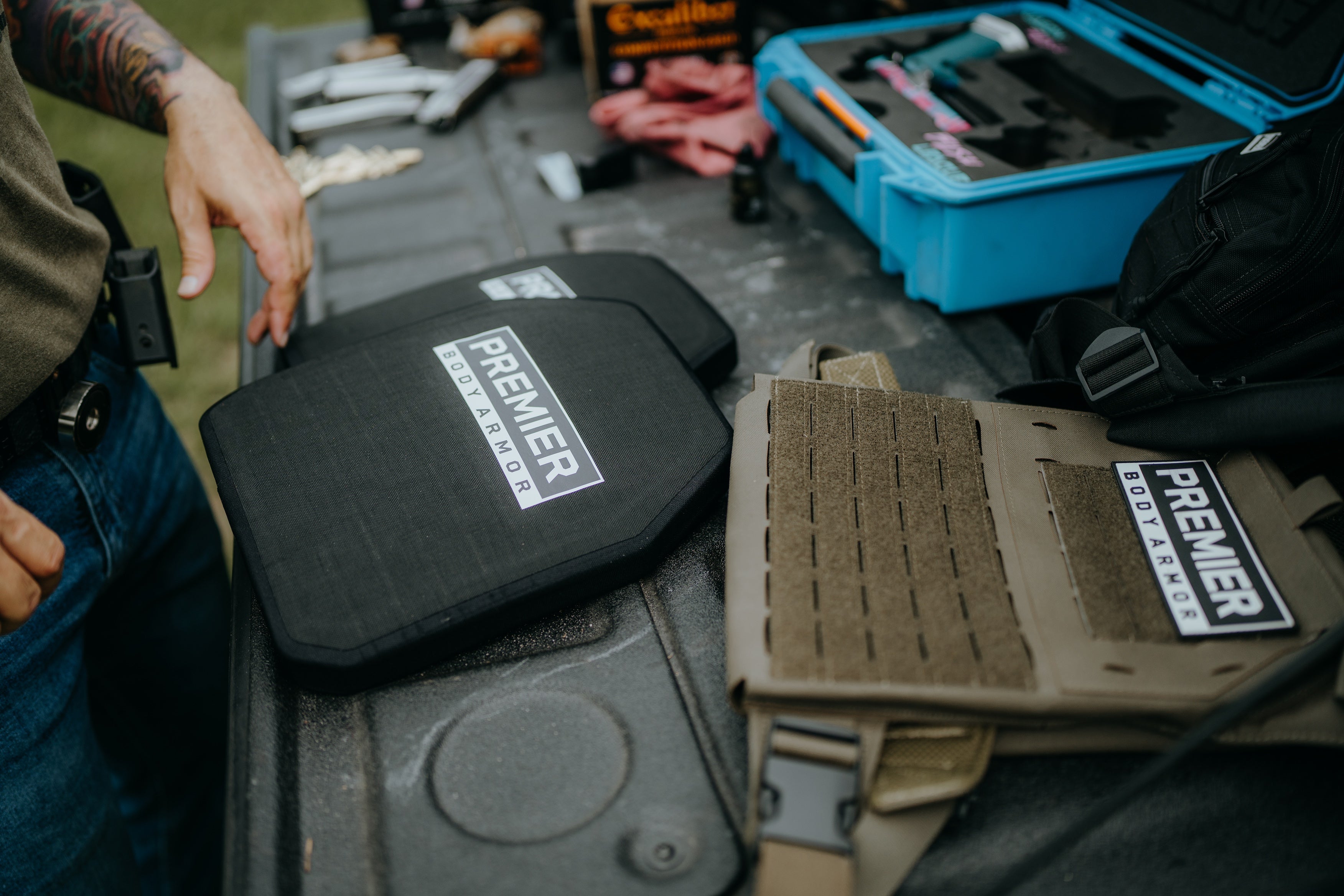
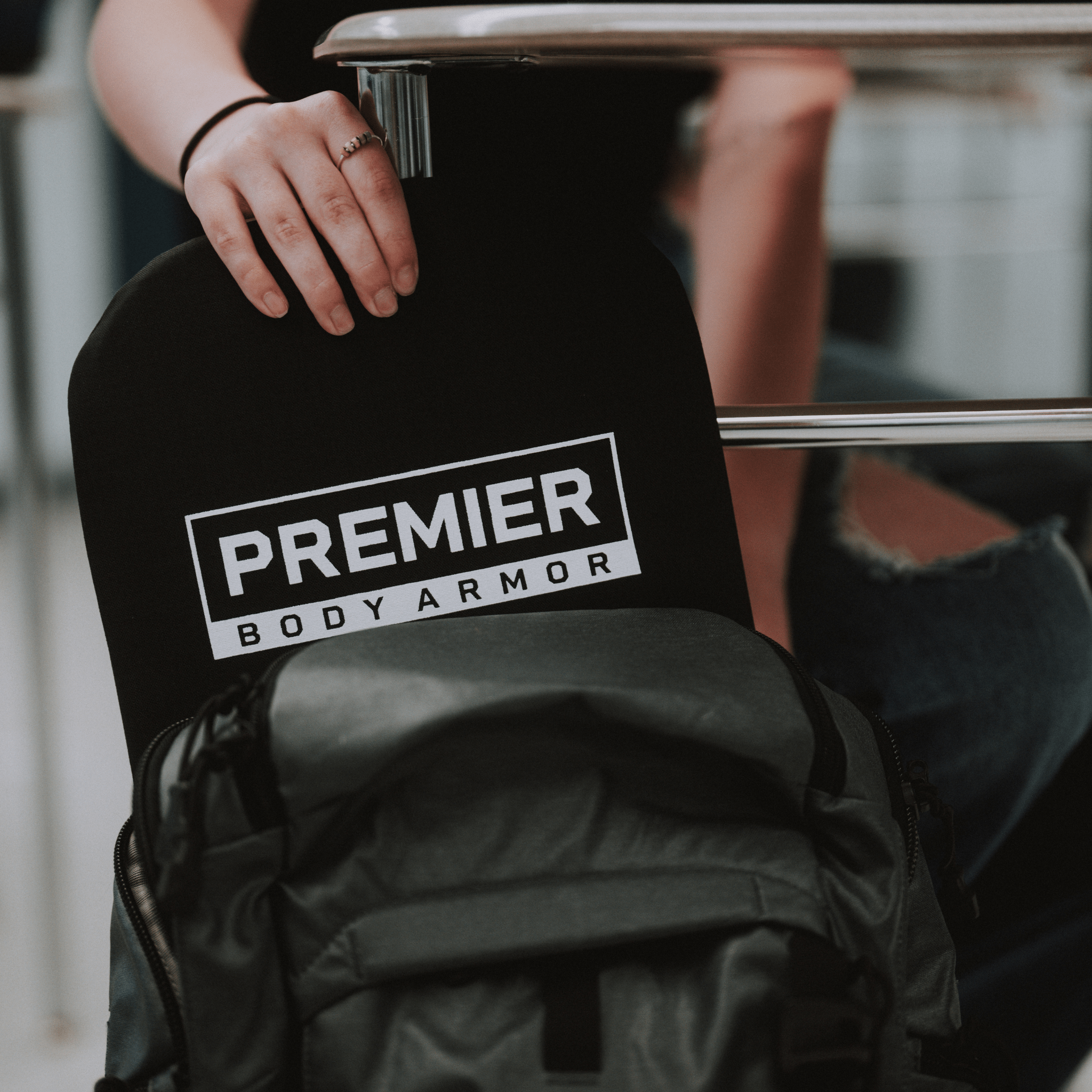
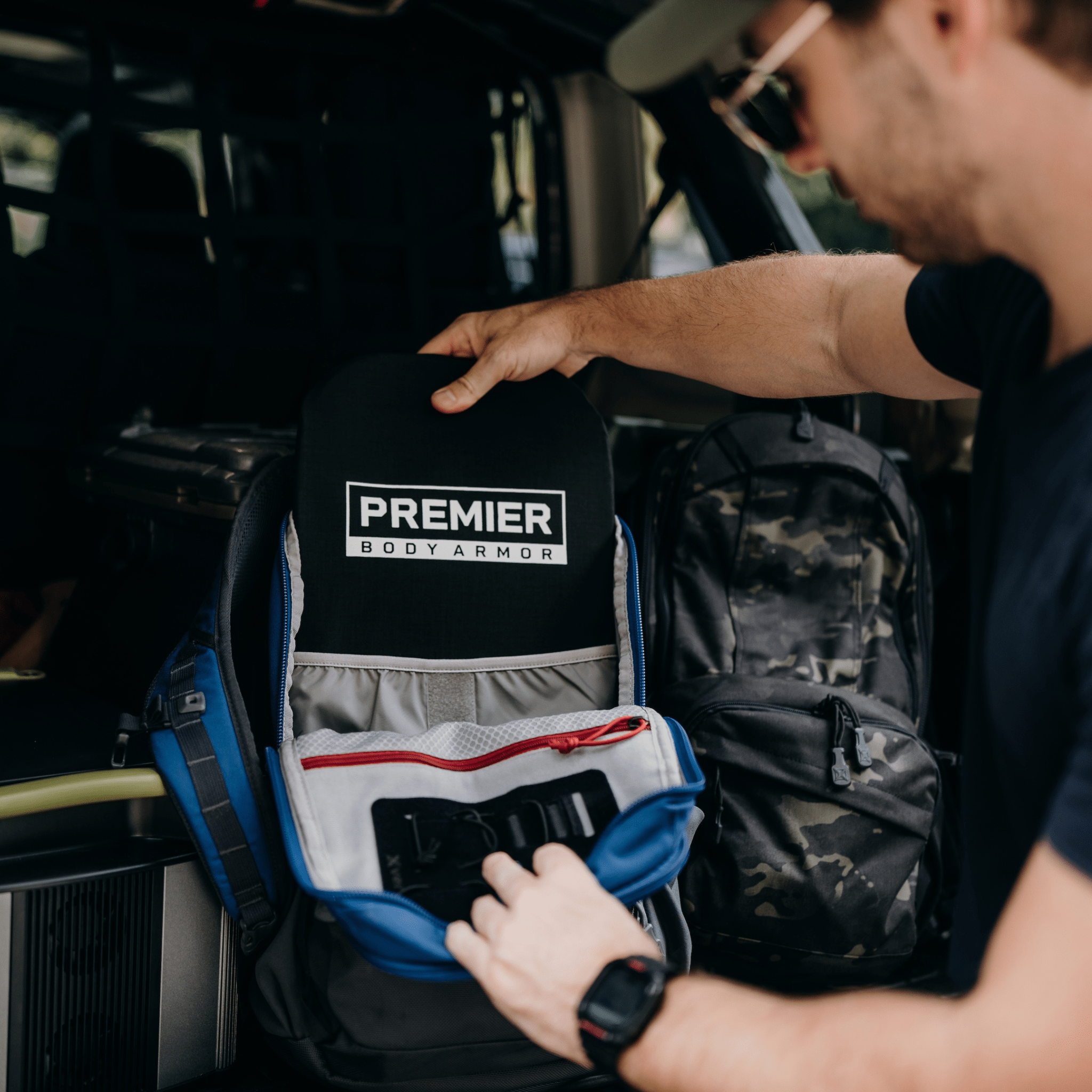
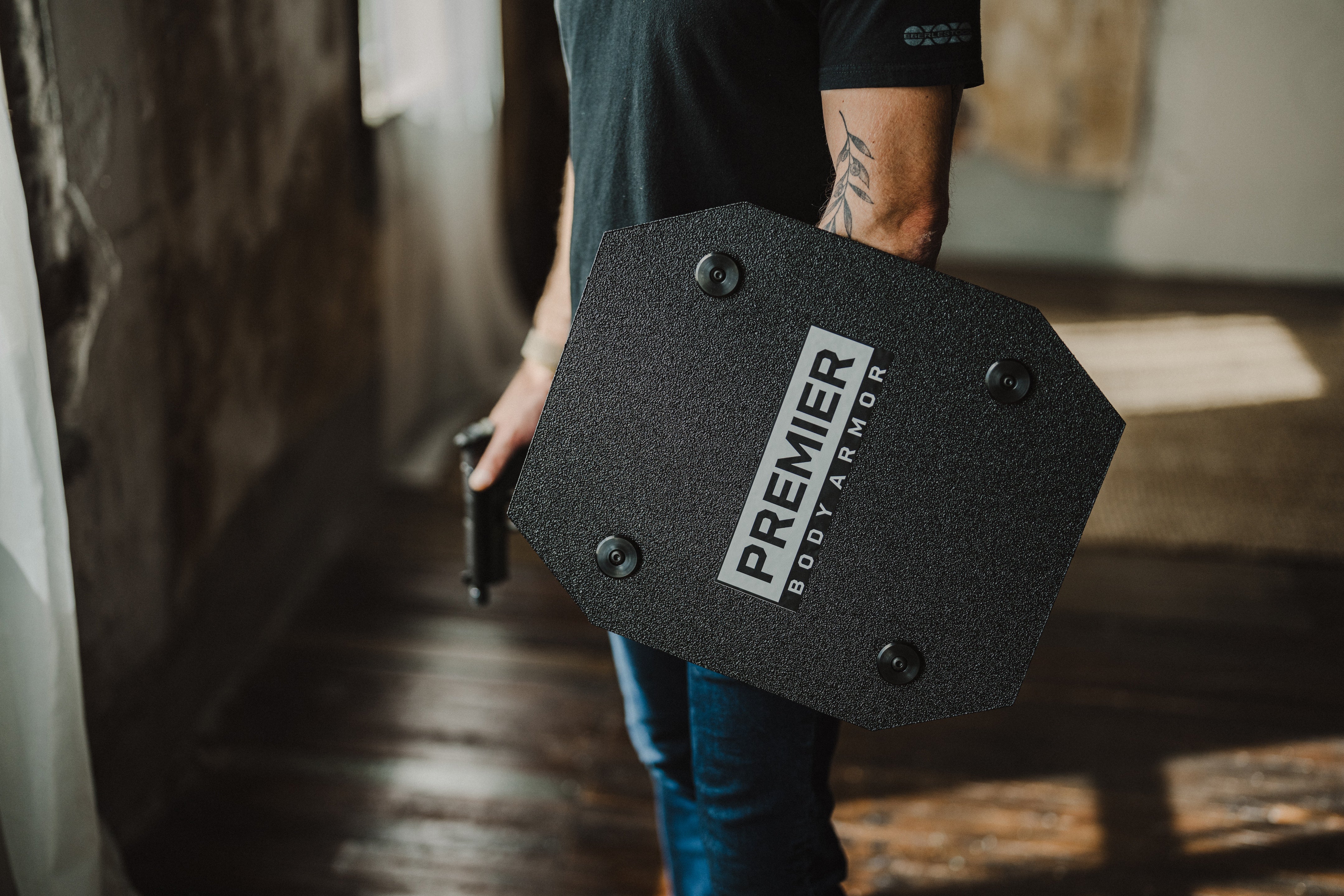




Leave a comment